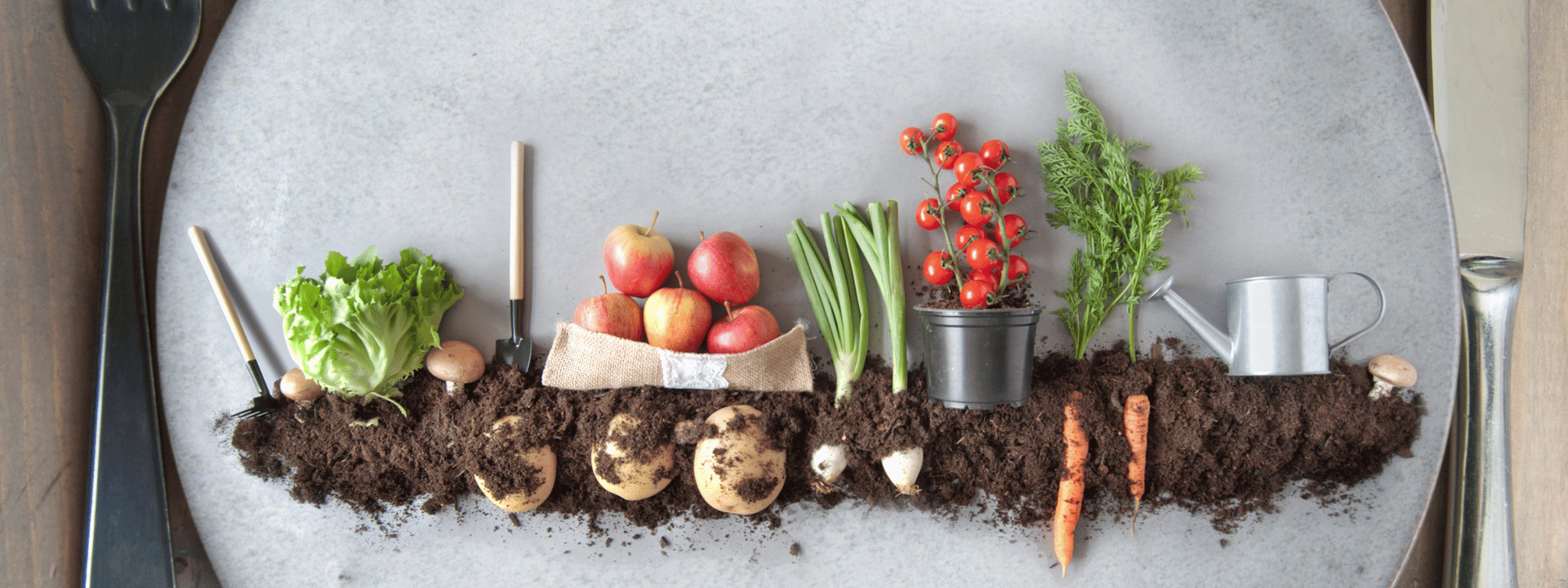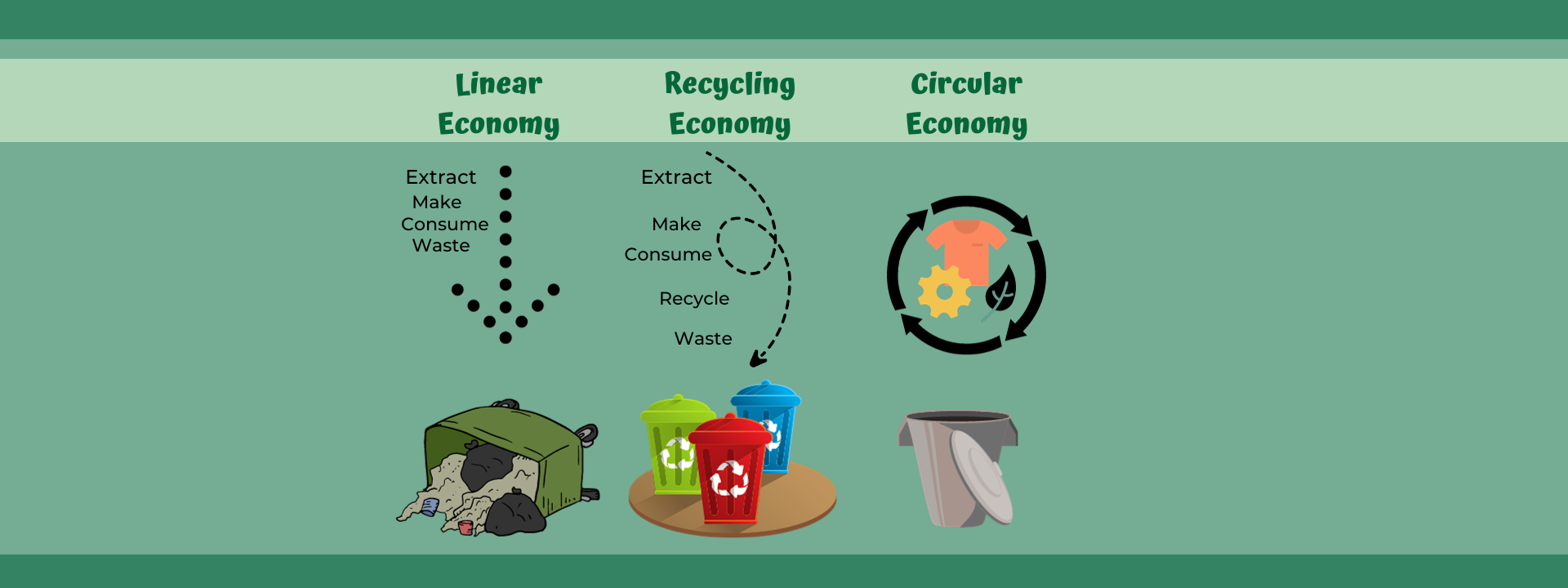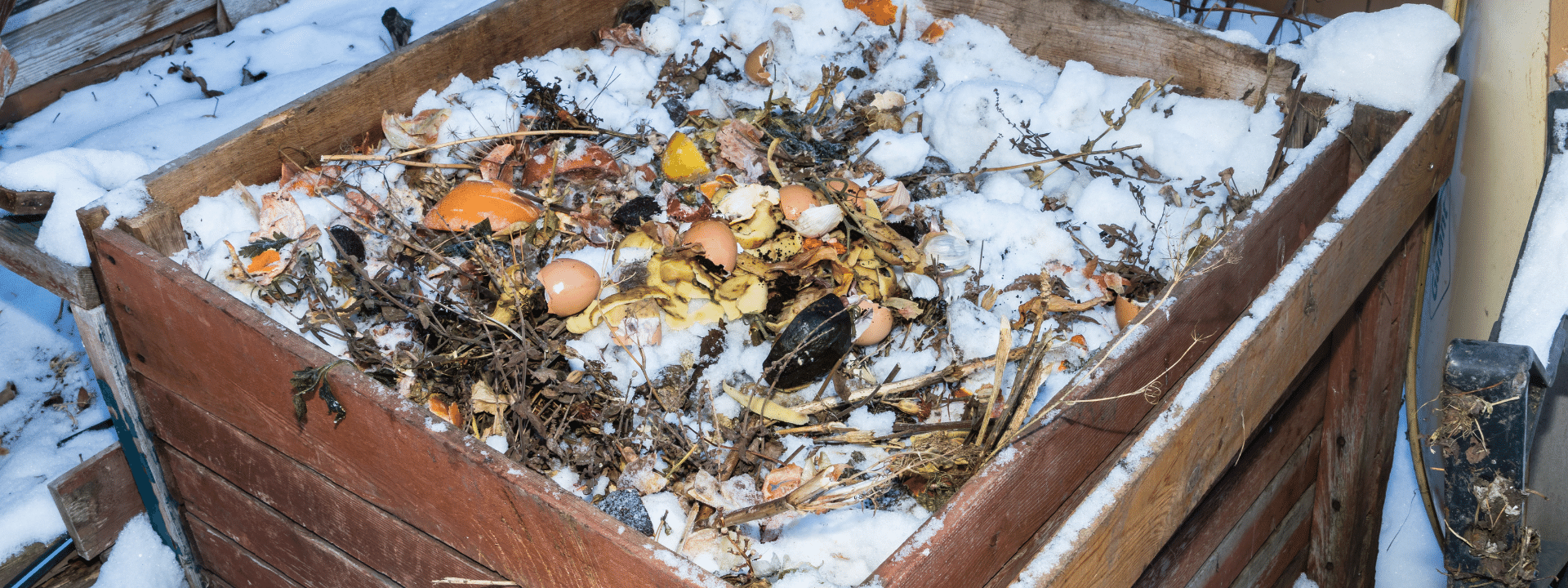8 Composting Tips for the Winter
If you’ve been experiencing back-to-back minus 20 days like us here in Ontario, you’re probably (like me!) planning, plotting and dreaming of your spring garden.
While it might be a *little* late to incorporate all of these strategies (depending on your location) we recommend bookmarking this page and keeping these tips in mind for next winter!
Here’s our speedy rundown on the measures you can take to protect your pile from the elements and in doing so, keeping it viable further into the winter months.
Here are some suggestions:
1. Build a roof. Control external environmental factors by protecting your compost pile from unwanted precipitation!
2. Block it in. Place your composter in another structure to ensure it remains protected as much as possible from the cold. By building a protective barrier around your pile, it can help ensure heat keeps locked in – like a car in a garage
3. Lay down a tarp. Putting a tarp over your compost pile helps keep out unwanted precipitation and it helps contain the internal heat from the pile where you want it!
4. Make a bigger heap.
The bigger the better! Extend the longevity of your pile by making it bigger. If you can make a good-sized heap during the fall months, it will help the composting process to work longer into the winter season!

5. Shred it. Shredding the material, leaves, food scraps, paper etc. in the pile to particles less than two inches in size can allow the pile to heat more uniformly. This can help insulate it from extreme outdoor temperatures
6. Dig a hole and bury it. Dig a trench in the garden or flowerbed and add organic waste like kitchen scraps little by little. Another great way to beat the cold weather is by digging a 1 food deep hole anywhere in the yard and cover it with a board/bricks until it is full of organic waste!
7. Excess moisture
When spring rolls around, your compost might be quite damp. Especially if you’ve experienced a snowy winter with lots of freezing.
Add more ‘browns’ to the pile to combat the excess moisture.

8. Leave the snow. There’s no need to clear the snow off the top of your compost bin as it helps with insulation! You can read more about this here.

Author
Stephanie Ward
Stephanie started her journey towards a sustainable lifestyle young: at the age of 12, she started a ‘compost bin’ in a margarine container — and left it for her mum to find under the sink many weeks later … Needless to say, her eco-skills have improved since then! A vegan of 10+ years, a staunch animal welfare advocate, and an avid recycler, you’re most likely to find her on a hike, or in the garden.
Join Our Email Community
Gain exclusive access to green trends, tips, and tricks when you sign up for our free newsletter. Enter your email to join our community of changemakers!
More Blog Posts:

The Guide to Veganuary!
Whether you are going full vegan or starting to eat less meat, our guide to veganuary will help you go plant-based in 2023.

5 Circular Economy Companies in Canada To Celebrate Waste Reduction Week
Say hello to 6 Circular Economy Companies in Canada this October as we Celebrate innovators during Waste Reduction Week.




